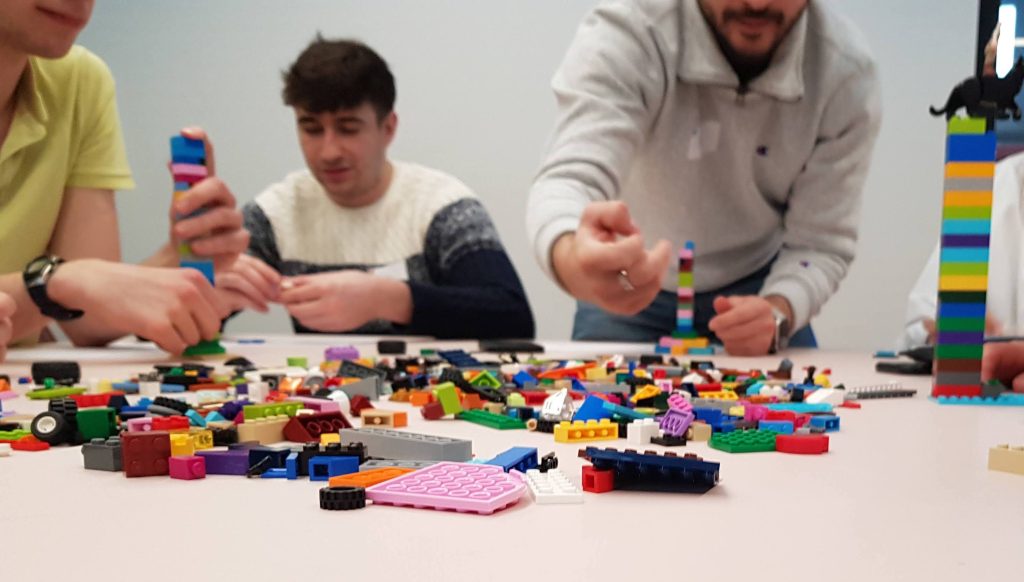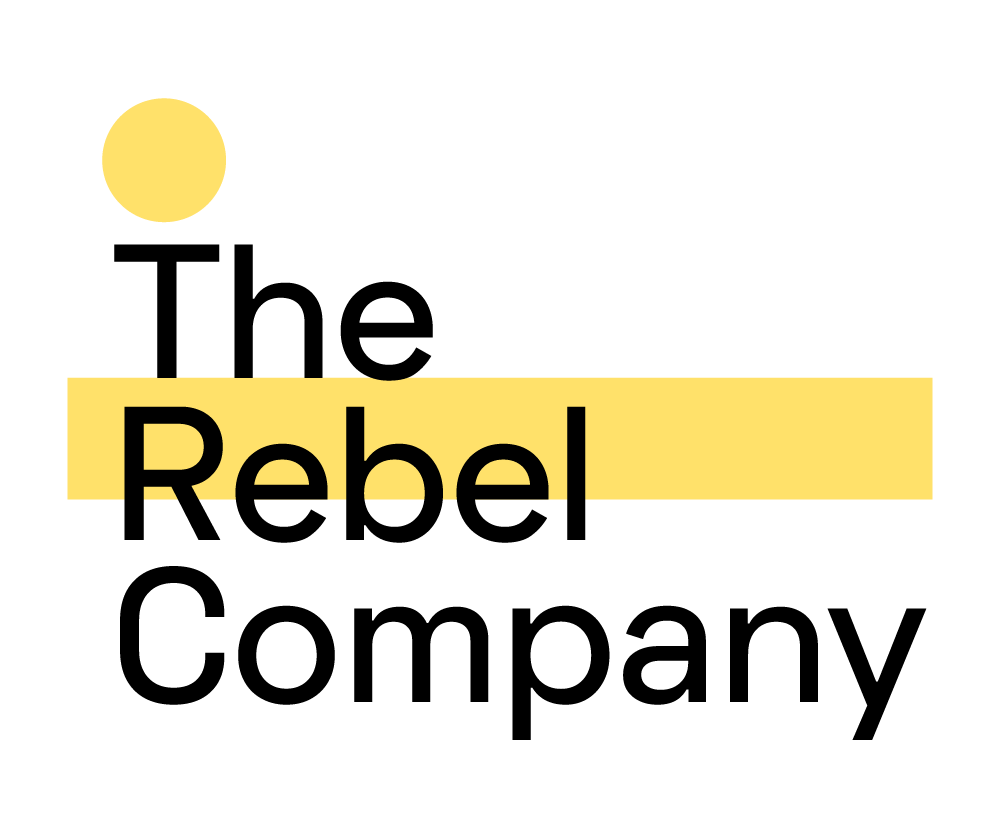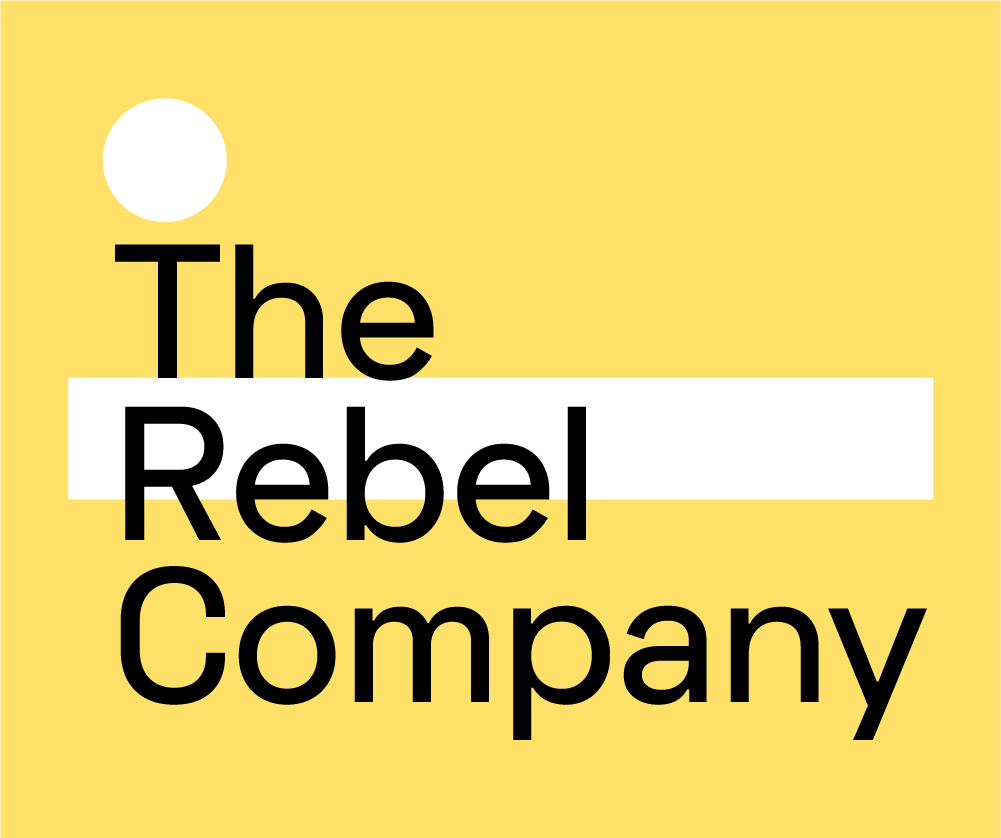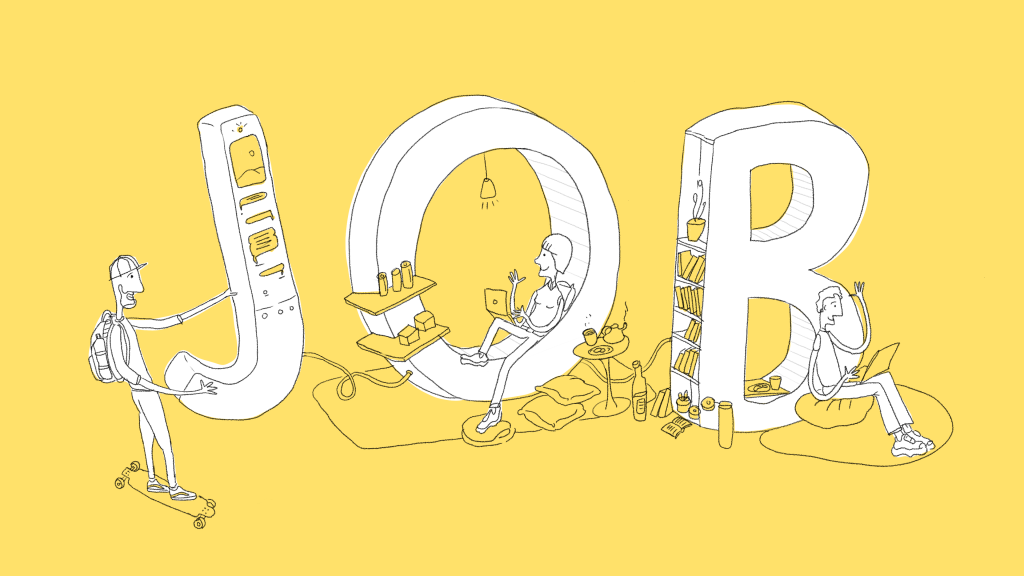
Companies who are embracing a more inclusive leadership,
in line with the UNSDGs, are the ones receiving greater investment funds and,
in the long run, a much higher return on their investments –
we are talking between 30-40% ROI.
Summary: on December 9th, 2021 The Rebel Company was invited to share its perspective on the Future of Work during the Western Balkan Demo Day, organised by Impact Hub Belgrade. We answered questions around the topic of multigenerational workforce, highlighting the cost of youth discrimination, which is affecting not only welfare systems but also business profits. Although very disheartening, the Italian landscape offers pointers and initiatives that might give hope and invite us all to commit to generational diversity as a driver for innovation and build companies that are meant to last. The speech concludes with the awareness that there is no magic wand to make inclusion happen, but intention is certainly the best place to start.
Q1: How profound is the multi generational gap in the world of work in economic terms?
When we talk about the multi generational gap, we refer to obstacles against generational diversity and, specifically for us, to youth discrimination. There is a significant amount of literature proving that discrimination affects both profit and economies, but the consequences are not always equally addressed and may cause even greater damage to overall social wellbeing. Let’s have a look at the business cost of discrimination first.
Organisations who are deliberately ignoring mechanisms of discrimination are the ones who witness the highest cost: according to the Google initiative #IamRemarkable, US companies lacking diversity and inclusion policies result in a total loss of 64 billion dollars for turnover costs annually. That same amount of money could be invested in training and tools that help directors, managers and professionals create a more inclusive working environment, hence increasing performance and executing greater value for their customers. We consider this a huge waste of opportunity, wouldn’t you? Conversely, companies who are embracing a more inclusive leadership, in line with the UNSDGs, are the ones receiving greater investment funds and, in the long run, a much higher return on their investments – we are talking between 30-40% ROI.
When we look at youth inclusion, we see that hiring young graduates has a very specific impact on innovation: Masters and PhD students bring new knowledge into organisations, informing product development and allowing for business opportunities to expand. When such innovation is channelled into highly marketable projects by experienced senior professionals, that’s where the power of generational diversity is more evident: ideas meet expertise and get to market. Those organisations with an inclusive and creative leadership are very well aware of these mechanisms, and they are at the forefront of business innovation. Some of our favourite examples include: Loccioni, Bending Spoons, Patagonia.
They understand that everyone,
not only young people,
have the urgency
to feel valued and seen
in the workplace
TRC is particularly interested in addressing the problem of youth discrimination in Italy, which is highly affecting people’s lives and the overall economy. If we look at the national data, we see that in the past 5 years, around 90k people between 20-45 have left the country annually. Many of them are graduate students who settle abroad and don’t come back, causing a massive economic burden for the public taxation system, with educational costs of around 100k per capita. As seen in the previous paragraph, a young and educated workforce should be considered one of the top drivers for innovation. So when we let our youngest workforce go, we are leaving our communities impoverished of their future potential.
Q2: Who is feeling the urgency to solve this issue? In your experience, who in the private sector is most aware of the fact that the functioning/communication/governance/operations are not aligned with the lifestyle of the new generations?
I don’t think this is a problem of public vs private, or big vs small. This is a problem of leadership but also of creativity: we need to start reinventing the places we live in, from cities to families to working spaces. Brave leaders who embrace this vision are not only at the forefront of sustainable business, but also sustainable organisations. They understand that everyone, not only young people, have the urgency to feel valued and seen in the workplace, and for that reason they act on processes of inclusion in a very practical way, with training and process change.
One of the greatest examples for me is Francesca Cavallo, the Author of Goodnight Stories for Rebel Girls and founder of Undercats Media. Cavallo is raising awareness on the topic of Diversity and Inclusion by producing children’s stories that include a wide representation of human characters. You can tell the quality of their content is the outcome of an effort that comes from a very diverse pool of talent. I can only recommend her journey into becoming an inclusive leader and a successful entrepreneur.
We have a huge problem
with the way we understand power,
but if we never question it,
nothing will change, even at a small level.
Q3: We believe that startups and SMEs are perfect for new talents because they have less of a baggage and much less to “unlearn” compared to the bigger systems. YET, we see that they face difficulties when it comes to retention of young talents. Is this so in your experience that spans throughout Europe and the UK? Why do you think this is so?
This is a problem related to another question: what kind of leadership model have these founders inherited? How are they managing to actually unlearn the old fashioned command and control type of leadership style? Is it by engaging in training on inclusion and diversity? Is it by actively seeking help from external consultants? Or do they just assume that, since they’re startups, they know better? We have a huge problem with the way we understand power, but if we never question it, nothing will change, even at a small level.
Q4: Is it more a problem of attraction or retention of new talents for SMEs? What are they doing to solve the problem?
The problem is both attraction and retention. The issue might vary depending on the industry, for example: STEM skills are highly in demand and there’s a so-called war on talents for these profiles, at a global level. So the problem here is with attraction: what is your compensation package? How is your company standing out in terms of value and impact? What’s in it for young talent to work for you?
On the other side, you have small organisations that, even when they manage to attract young talents, they struggle to strategize ways to stay attractive in their eyes. By attractive we don’t simply mean a nice makeover of the company. We mean actual practices of inclusion, where young talents feel welcome to contribute with their knowledge, and get to develop their careers within a reasonable time-frame. Most of the time this never happens, so that’s where you have a problem in retention for SMEs.
A lot of people get the idea that just because you are a startup,
or you work in innovation, then you are agile by default,
therefore you are an inclusive company.
That couldn’t be more wrong.
Q5: Is what they’re doing enough? What are the best practices in terms of retention of talents for small businesses like ours and like the ones you work with? What has produced the best results?
There is no magic wand for change, it doesn’t happen overnight. What I have observed is that, if you wish to build a more horizontal leadership, you can find successful tools in the Agile framework, whatever type of company you are.
We have embraced Agile since day 1, and even though it’s been two years now, we know there is always something new to learn. Results tell us that this framework works: people quickly become independent, they share a decent amount of workload, they build collaborative professional relationships, they are committed to our growth, and when they leave they become our best ambassadors.
The beauty of Agile is that it forces us to organise work based on actual team capacity and monitor the quality of our work with radical candour. Sadly, it seems that a lot of people get the idea that just because you are a startup, or you work in innovation, then you are agile by default, therefore you are an inclusive company. That couldn’t be more wrong. Inclusion is a goal, it takes everyday practice and willingness to question oneself. That is the only thing that works: a combination of empathy and rigour. So start with that intention in mind, and you will go far.
Resources:
- https://pagellapolitica.it/blog/show/520/quanto-costa-allo-stato-un-cervello-in-fuga
- https://iamremarkable.withgoogle.com/
- https://therebelcompany.co/2021/05/17/la-discriminazione-giovanile-crea-danni-alle-aziende-italiane/
Need support on how to build Generational Diversity in your organisation? Let us know what’s keep you stuck and send us your story at hello@therebelcompany.co



